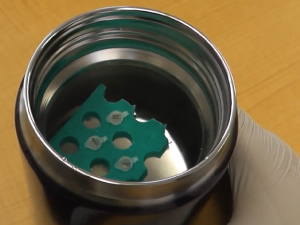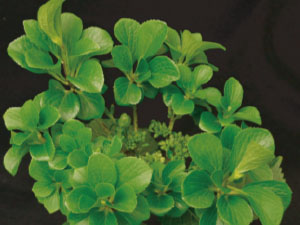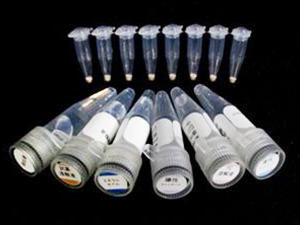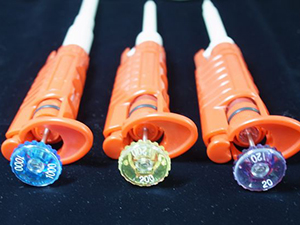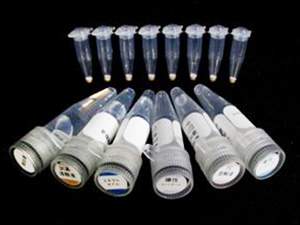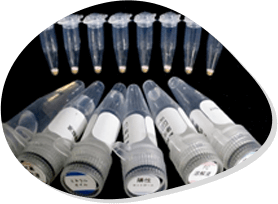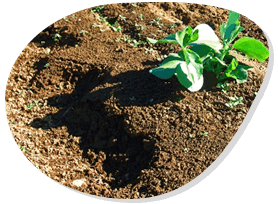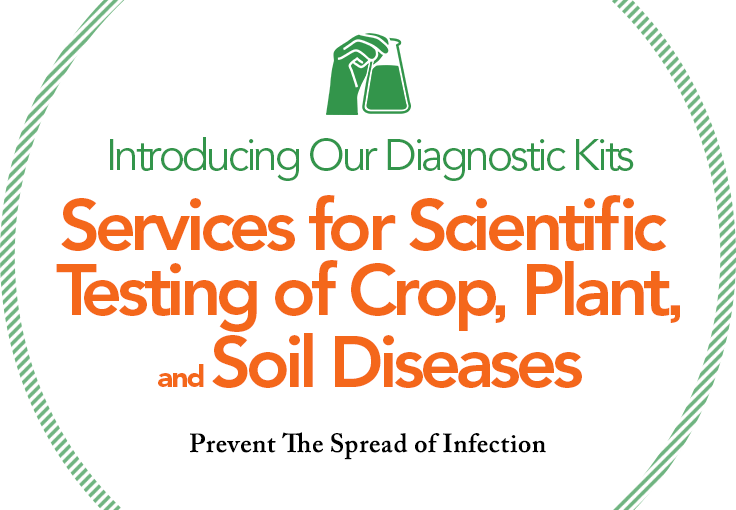
Detection Kit & Service
Plant Disease

Phytoplasma
It can cause you trouble when your hydrangea does not color like ordinary years, or stays green even though the flowers are in bloom. In such case, your plant could have a disease called hydrangea phyllody disease, caused by Phytoplasma. …
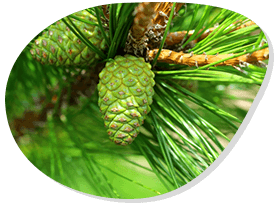
Pine
A pine wood nematode, a filamentous organism (nematode), is the cause of the damages. A pine tree infected with a pine wood nematode suffers from a disease called pine wilt disease, and will die within a few months due to the pine wood nematode growing rapidly in the tree.

Tomato
Tomato, which is an indispensable part of people’s diet, ranks among the top crops and is cultivated by many farmers. The higher the number of cultivated tomatoes, the higher the risk of plant disease.
Because tomatoes have many diseases and each disease requires different countermeasures to cure, identifying the cause of the disease is an effective way to prevent the spread of infection.
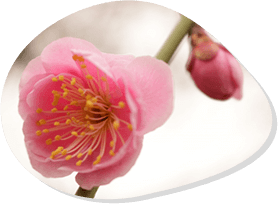
Plum
Do you know a plant virus called plum pox virus? This virus, which causes enormous damage to fruit trees of the genus Prunus, has been spreading worldwide, and in 2009, infection was finally confirmed in Japan. Damage caused by plum pox virus has occurred in various places, and plum trees are being cut down at places famous for plum blossoms.
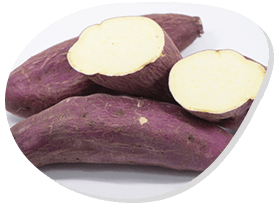
Sweet Potato
Globalization has resulted in various problems because of increasing traffic around the world, now the risk of finding diseases that did not exist in Japan has also increased in the plant world.

Citrus
Generally, citrus fruits such as mandarin orange and lemon are considered as fruits familiar with our life. Citrus greening disease is one of the diseases associated with citrus fruits such as mandarin oranges and lemons.

Carrot
There are many carrot diseases in the world but some do not exist in Japan. For example, Ca. L. solanacearum is a phytopathogenic bacterium that is borne by the insects of Triozidae Trioza sp., but in recent years it has become clear that infection spread by seed transmission of carrot.
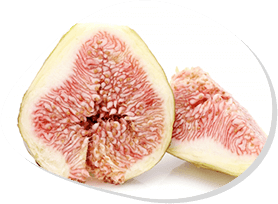
Fig
Among the diseases that infect fig, there is a disease called fig mosaic disease (FMD). The disease is caused by fig mosaic virus, its infection can cause mosaic symptoms, malformations, chlorosis, vein clearing, and early defoliation, resulting in malformed and mottled fruits.
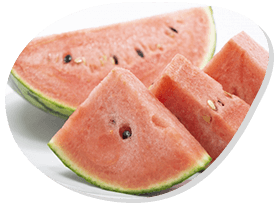
Gourd Family
There is a disease called chlorotic yellowing disease that infects cucumbers, melons, watermelons and other gourd family. The initial symptom is that the leaves are mottled with small spots, and when the spots spread over time, the entire surface turns yellow.
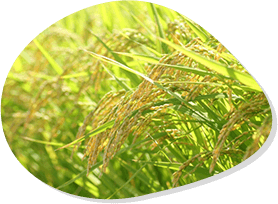
Rice
Koshihikari rice is familiar to Japanese people. Koshihikari is also used in Japanese restaurants. It is a brand that represents delicious rice.
For the discrimination of rice varieties, it is necessary to acquire specialized knowledge and technology.
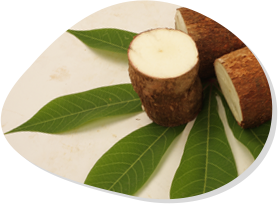
Cassava
This kit uses the LAMP method to comprehensively detect Asian strains of the genus Begomovirus in the family Geminiviridae.
Dry Reagents
Transportation of testing reagents requires strict temperature control. Liquid reagents require dry ice for long-distance transportation, but our dry reagent eliminates the need for temperature control, overcomes the long-distance shipping and storage constraints, and provide life science reagents available in all regions.
Soil Testing
Improving the fertility of soil is essential for growing crops. Soil testing is an important method to know the fertility condition of the soil. Speaking of soil testing, many people think of chemical analyses such as acidity (pH), electrical conductivity (EC), phosphoric acid and nitrogen determination, but in addition to these tests, physical and biological analysis can be also performed and considered very effective.
Research Tools
Basic reagents
Nippon Gene offers a lineup of primer sets and amplification reagents used in various tests.In addition, basic reagents for LAMP are available from us so that researchers can evaluate their own-designed LAMP primers.We also offer our proprietary amplification reagents for the LAMP method using fluorescent probes and fluorescent intercalators.
Wildlife Nuisance Measures
Deer
Economic damage to agriculture and forestry by pest animals is a major social problem. In Japan, the magnitude of pest animal damage is 15.8 billion yen according to the statistics of the Ministry of Agriculture, Forestry and Fisheries of Japan in 2018, and more than half of 54% has been reported as deer damage.
Detection Service
Nippon Gene Material, a subsidiary of Nippon Gene, provides plant disease testing services.
If you are worried about testing with a kit yourself, or if you are busy and do not have time to do the testing, we can do your job with our testing service!
You send us a sample to test, and we will come back to you by email with the test results.
Other Products
For more NIPPON GENE products.

